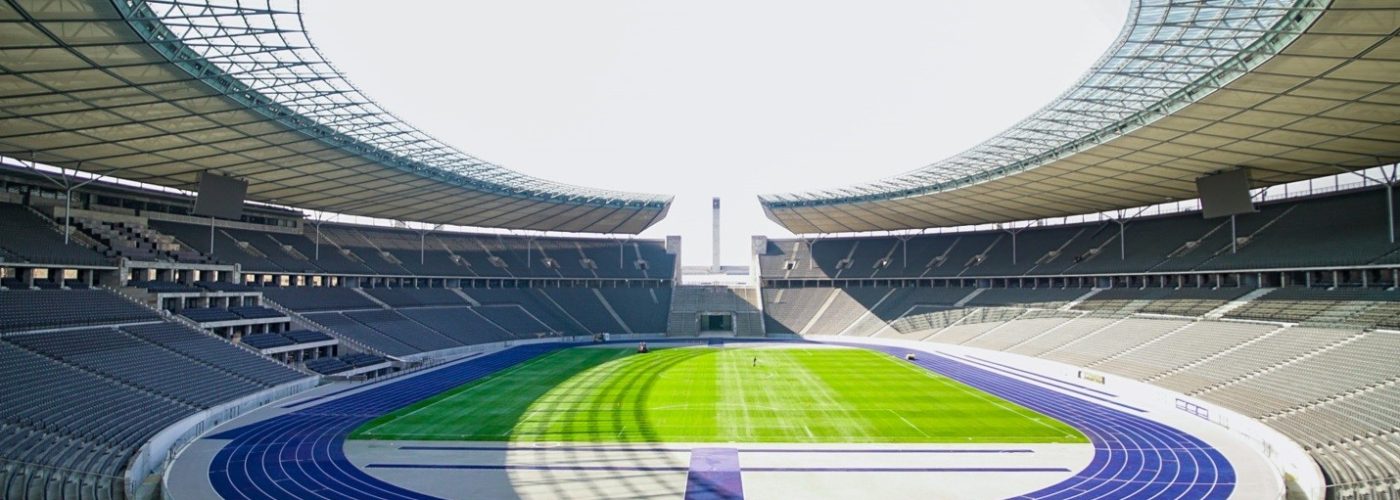This article examines the concept of stadium construction, as well as the time and effort that go into building a world-class one.
Stadiums are an important facility for most sports. From soccer to athletics, cricket and rugby, stadiums serve as a holistic venue for players and spectators. Stadiums not only host matches but contribute to the success of several track and field events on the world stage such as the Olympics, World Cups and several other athletic meets.
In countries where sporting events take center stage, particularly where soccer leagues are developed, you’ll find several stadiums even within one city, with almost every soccer team owning one. Here, we take a break from free betting tips and prediction news, as this article by Kate Richardson takes a deep dive into the world of stadium construction, history, the cost of building one among others.
A Brief History Of Stadiums
A stadium may be defined as a recreational center built to serve as a venue for outdoor sports. They may also be used for other events including concerts and rallies. The word stadium originated from the Greek Olympia, which was a huge sports festival. Consequently, one of the oldest stadiums in human history is the Greek Stadium at Olympia which hosted games as far back as 776 BC.
Generally, stadiums are designed and built to suit peculiar sports events. Thus, a baseball stadium is built differently from a soccer stadium. However, all stadiums have a section for spectators to sit or stand while cheering on their teams or favorite competitors. The spectator sections are usually raised platforms that give the fans a vantage point when viewing the games.
These stands are built to contain different audience sizes from 10,000 people upwards. Due to their size and the architectural and financial costs, stadiums are now being adapted to multiple uses. Rather than building a separate stadium for each sport, several sports including soccer, rugby and American football may share a stadium. This is also replicated in soccer leagues, where two or more teams may have the same home ground.
How Much Does It Cost To Build A Modern Stadium?
Building a stadium is never an easy task. Several factors including plan approvals, location, workmanship, cost of materials and the desired stadium capacity are instrumental in determining the cost of erecting a new stadium. The latter is perhaps the most telling factor, as the bigger the stadium, the more expensive it is to build.
Modern technology has also raised the costs of stadium building with the introduction of retractable pitches, covered spectator stands, foldable seats and all sorts. Nowadays, stadium construction costs run into hundreds of millions of dollars, depending on the capacity, style and technology involved. The cost of an average soccer stadium is about $20 million. However, that only guarantees a spectator capacity of less than 10,000. With larger stadiums, the budget is significantly higher and varies between runs into hundreds of millions of dollars, with some costing as much as $800 million.





